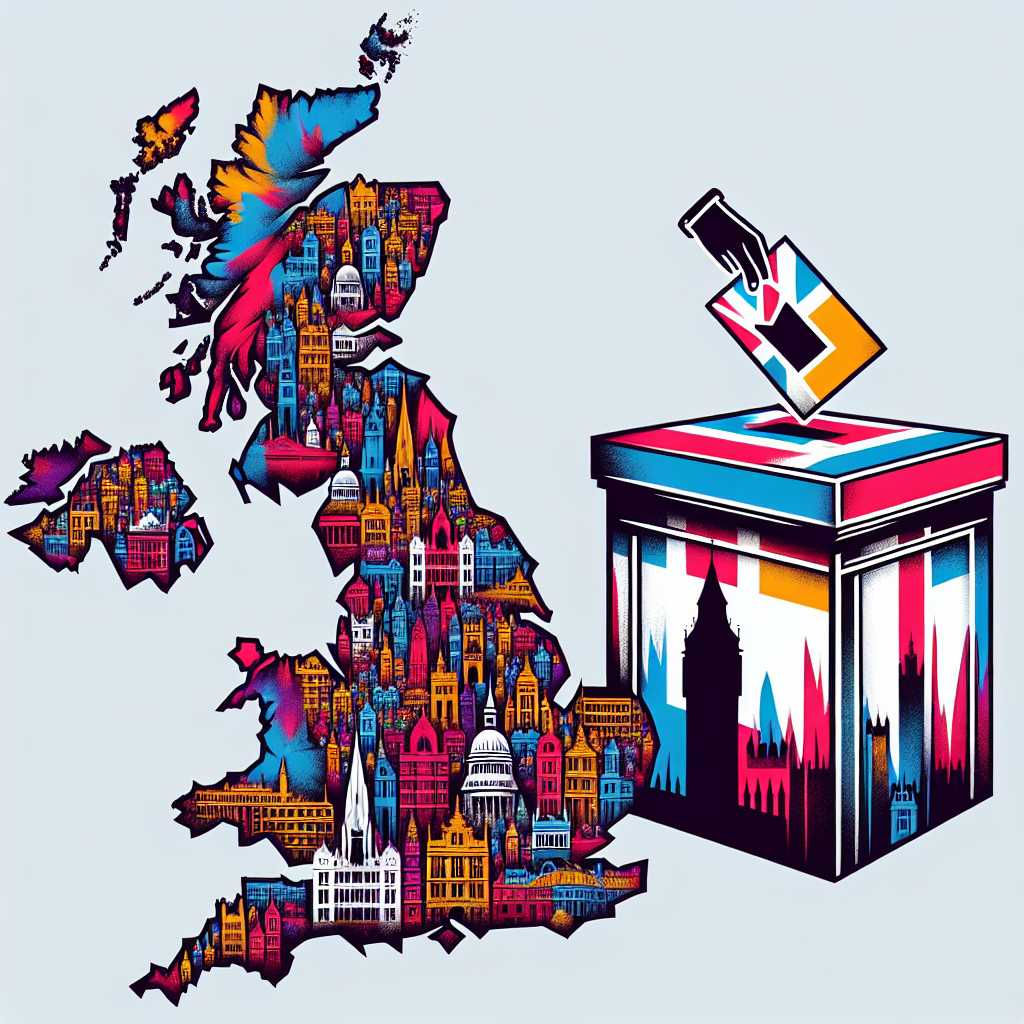Understanding the Structure and Dynamics of the United Kingdom’s Electoral System
The United Kingdom, being one of the oldest democracies in the world, has a sophisticated electoral system that has developed over centuries. This article endeavors to clarify the intricacies of the U.K. electoral process, its various elements, the key players in the political landscape, recent electoral results, challenges faced, and potential reforms being discussed.
The Foundation of UK Elections: The Westminster System
The UK’s electoral framework is designated as a parliamentary democracy under which the government is elected through periodical elections. The backbone of this system is the Westminster system, derived from the Parliament at Westminster. Under this framework, there are two Houses: the House of Commons and the House of Lords.
Elections in the UK principally focus on electing Members of Parliament (MPs) to the House of Commons — the principal legislative body. The political party or coalition that secures a majority in the House of Commons forms the government, with its leader generally becoming Prime Minister.
General Elections: The Ultimate Political Battleground
General elections are called at least every five years to determine the composition of the House of Commons. Each MP represents a single geographic area known as a constituency or seat. The UK is divided into hundreds of these constituencies, each of which hosts its own contest during a general election.
The current method used for these elections is known as ‘First Past The Post’ (FPTP), where each voter chooses their preferred candidate and party in their constituency, and the candidate who obtains the highest number of votes wins. While FPTP is simple and tends to produce clear winners, it has also been criticized for misrepresenting public preferences at a national level due to its plurality-based nature.
Voting Beyond General Elections: Local, Devolved & European Polls
Apart from general elections, citizens also vote in various other elections. This includes local government elections concerning municipalities and councils; devolved legislature elections for Scotland, Wales, Northern Ireland; and until Brexit, European Parliament elections.
Each region has certain devolved powers managed by its elected parliament or assembly (such as education and health services in Scotland). These accompany distinct electoral systems such as proportional representation, which aims at greater equity in votes cast versus seats won.
Recent Electoral Outcomes: Shifting Sands of UK Politics
The UK has witnessed a series of transformative electoral events in recent history. These range from political party changes to referendum outcomes like Brexit, indicative of evolving public sentiments.
Decisive battles in these elections often turn not only on national policies but also on leadership qualities, campaign strategies, and broader sociopolitical issues. For instance, debates over healthcare funding, immigration policy, and economic management frequently take center stage during elections.
The Role of Electoral Commission and Regulatory Framework
The pragmatic running of elections is managed by the Electoral Commission, which oversees things like ensuring fair play among parties, registering votes, monitoring spending rules, and providing authoritative voting information to the public.
Challenges Ahead: Voter Turnout and Electoral Reform
In recent years there’s been an increasing discussion around voter engagement and turnout. Efforts to increase these numbers range from civic education programs to debates about allowing online voting or changing the voting system altogether.
Electoral reform has been a rallying cry for some parties and advocacy groups who propose moving away from FPTP towards more representative systems (e.g., Single Transferable Vote or Proportional Representation) which could reshuffle parliamentary dynamics notably.
Notes
Image Description
An image displaying a map of the United Kingdom with various constituencies highlighted in different colors representing different political parties would be appropriate for this article. On another side of the image stencil symbols of a ballot box could be shown to represent voting alongside iconic landmarks like Big Ben or Edinburgh Castle to signify UK political hubs.
